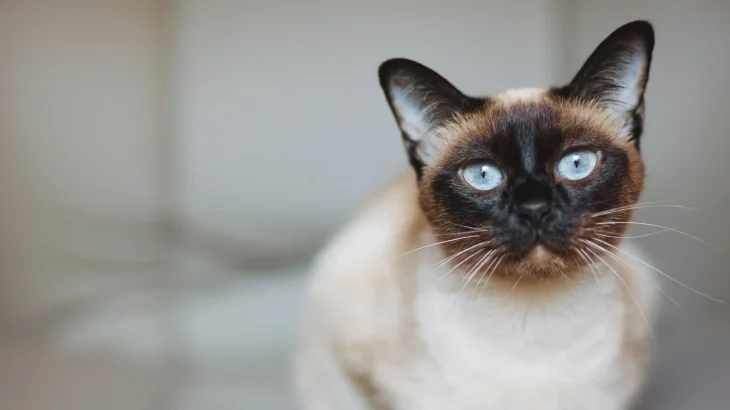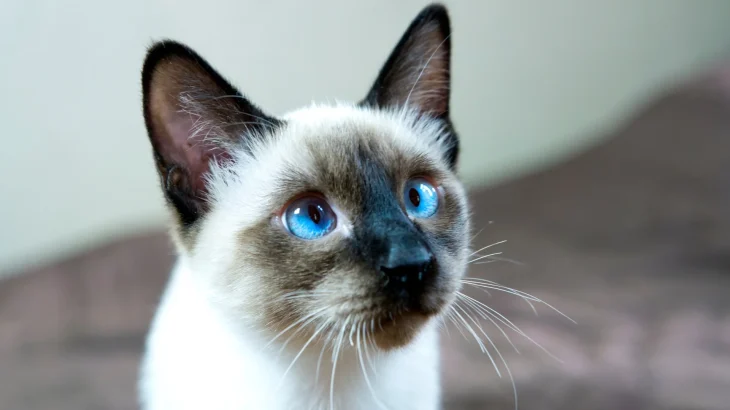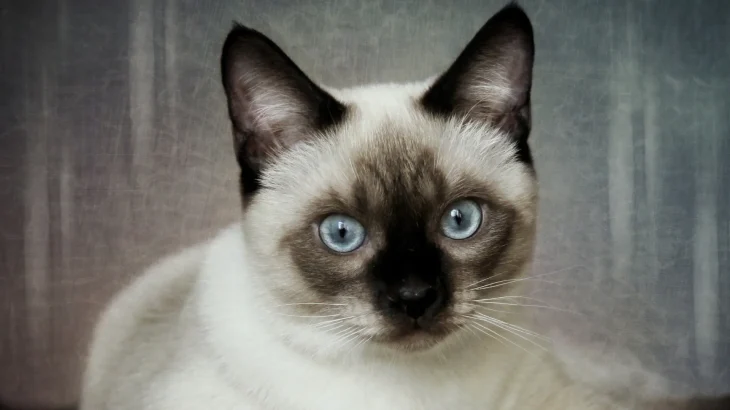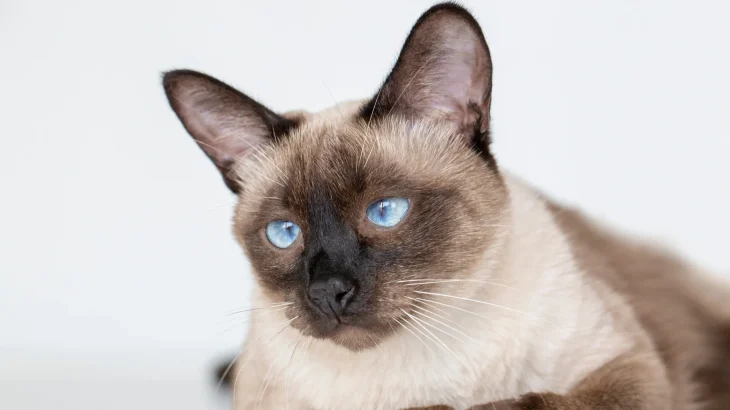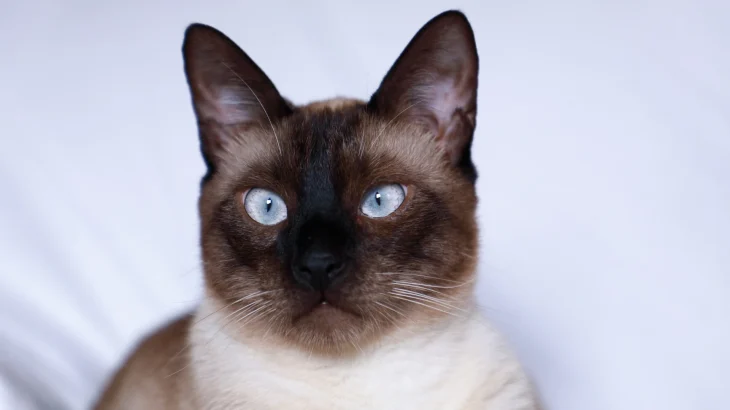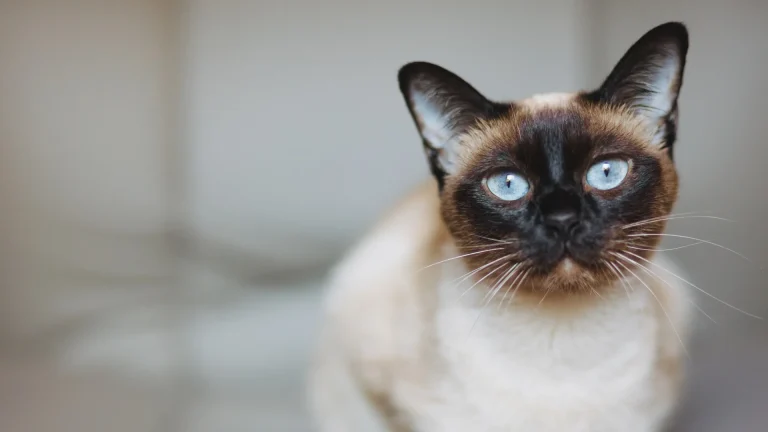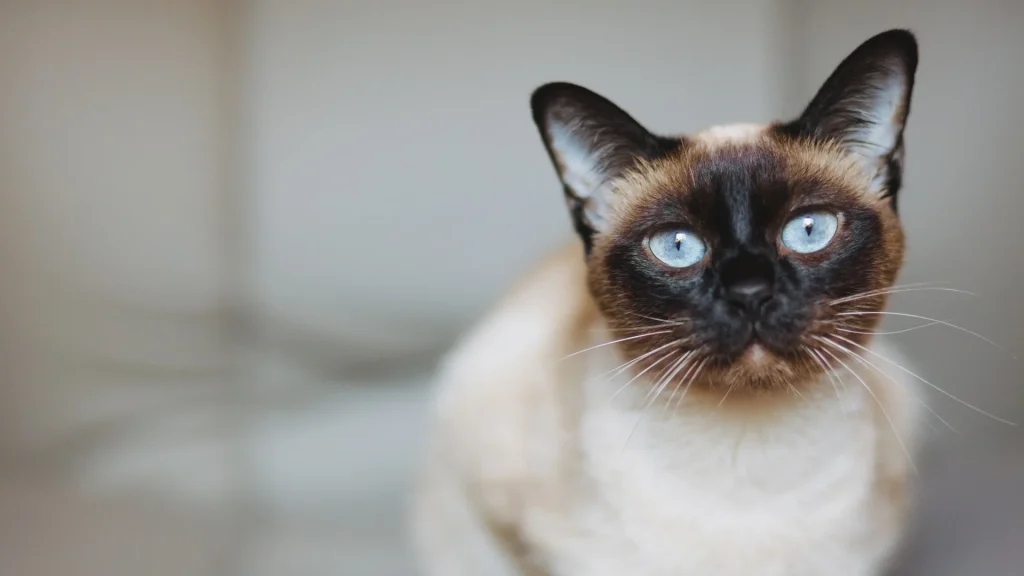Choosing between adopting or purchasing a Colorpoint Shorthair kitten depends largely on factors like cost, health transparency, and ethical considerations. While breeders offer clearer lineage and health histories, adoption provides a chance to rescue cats who may not have known backgrounds but still need loving homes.
Adoption vs. Breeder: Pros & Cons
| Criteria | Buying from Breeder | Adopting from Shelter/Rescue |
|---|---|---|
| Cost | Generally higher; reputable breeders charge $400-$1,200. | Lower fees, usually $50-$200, often including vaccinations and spay/neuter. |
| Health History | Detailed health records and genetic screening common. | Health history may be unknown; shelters do basic checks only. |
| Age Availability | Mostly young kittens, allowing early bonding. | Varies; kittens and older cats available. |
| Temperament Insight | Breeders provide lineage traits and early socialization info. | Shelter staff share observations, but full history usually unavailable. |
| Ethical Considerations | Supports breed preservation; choose ethical breeders to avoid overbreeding. | Rescues cats in need, reduces shelter crowding, supports welfare. |
| Breed Purity & Pedigree | Guaranteed purebred with documented pedigree. | Often unknown or mixed; purebred not ensured. |

